Reynolds Beal
Considered one of America's earliest Impressionist painters, Beal attended Cornell University where his focus of study was naval architecture. However, he began his formal art training at William Merritt Chase's Shinnecock Summer School in 1896. Fortunate enough to be supported by his family's wealth, Beal spent the next few years traveling and painting in Portugal, the Caribbean and the West Coast. Though his naval training provided him with accurate and detailed knowledge of ships he took more interest in exploring the relationship between air and water. His playful and lively paintings made Beal highly successful and popular. He went on to found the Society of Independent Artists and the New Society of Artists with George Bellows (1882-1925), Childe Hassam (1859-1935), John Sloan (1871-1951), William Glackens (1870-1938) and Maurice Prendergast (1858-1924). His younger brother, Gifford Beal (1879-1956), was also a successful painter.
EXTENDED BIO:
Reynolds Beal (October 11, 1866–December 18, 1951) was an American art + ist, first an Impressionist, then a Modernist, a marine environmentalist, and brother of the New York Alpha Chapter of the Phi Kappa Psi Fraternity at Cornell University.[1][2] The elder brother of co-painter Gifford Beal was born in New York City or the Bronx. Reyn and his brother Gifford spent their summers at Wilellyn in Newburgh, New York, on the Hudson River. Reynolds and Gifford Beal would later design the gardens at Wilellyn. His father was William Reynolds Beal, whose brother Thaddeus owned Echo Lawn, not far away.[3] Beal was a man of independent means, and was thus able to devote his life to his art without having always to appeal to the tastes of his patrons or to contemporary trends. In fact, Beal was thought of as "one of the adventurous experimenters" of his day and was considered "Modernist". Today he is recognized as being an important American Impressionist. Beal is known as one of the early American Impressionists, and showed artistic ability from an early age. He first studied at Cornell University (naval architecture), where he was a member of the Phi Kappa Psi Fraternity and the Irving Literary Society. “Reyn” as he was known, painted and sketched in and around Cayuga Lake. His home haunts of the East River were the first subjects of his work; in Sibley Hall’s drafting bays he learned further technique as a budding naval architect. Although the “Sibley time” constitutes his first artistic experience, it was not until the years following graduation that Beal became serious about a painting career. Reyn spent 1901 at sea, and worked up his sketchbook entitled Cruising Aboard U.S.S. School Ship St. Mary's (1901),[4] he kept scrapbook pages of marine etchings and photographs, old Christmas cards, personal photographs, exhibition catalogs, and clippings.
From 1900 to 1907, he painted almost exclusively at the artist's community in Noank, Connecticut with Henry Ward Ranger. After 1912, Beal focused more on the Hudson Valley, where he painted the colorful and whimsical scenes of the traveling circuses that came through the region.
Beal adored the beaches in Provincetown, Key West, Rockport, Atlantic City and Wellfleet, circus scenes and carnivals. Many of his best works convey those themes. Often called "the American Van Gogh", because of his luscious thick avenues of paint, and "the American Chagall" because of his playful subjects, Beal is one of America's finest impressionists. He used a variety of styles including Impressionism and Tonalism. As he got older, his work became more complex and vibrant with a mosaic of brush strokes. In addition to oils, he was admired as a watercolorist, and he and Gifford made Rockport, Massachusetts their home. At one time, he resided in Gloucester, Massachusetts, as well. His studio overlooked Rockport's Inner Harbor, from where he drew and etched many harbor scenes.
Beal did vast amount of world travelling. In November 1944, Reynolds and Gifford had a large joint exhibition at the Fitchburg Art Center (now Museum) in Fitchburg, MA, which included eighty-three oils, watercolors, and etchings that had been executed all over the world with subjects including Singapore, Trinidad, Samoa, China, Nassau, Egypt, Haiti, Cape Ann, Atlantic City, and Provincetown.
REFERENCES:
ressler, Sidney (1989). Reynolds Beal: Impressionist Landscapes and Seascapes. London: Fairleigh Dickinson University Press. ISBN 0-8386-3325-0. OCLC 17259999.
Phi Kappa Psi (1985). Grand Catalogue of the Phi Kappa Psi Fraternity (12th ed.). White Plains, NY: Bernard C. Harris Publishing Company. OCLC 12695361








